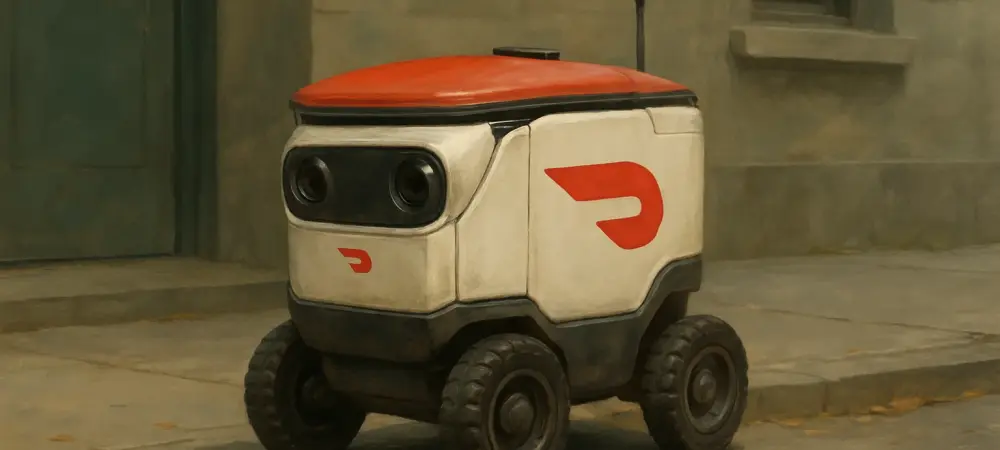Imagine a bustling city street where, instead of a delivery driver weaving through traffic, a small autonomous robot glides silently along the sidewalk, carrying your dinner straight to your doorstep. This vision of futuristic convenience is becoming a reality through a groundbreaking multi-year partnership between DoorDash, the leading food delivery platform in the U.S., and Serve Robotics, a pioneer in autonomous sidewalk delivery robots. Announced recently, this collaboration kicks off in Los Angeles, where customers can now receive orders via these innovative machines. The initiative promises to expand to more cities in the coming months, marking a significant shift in how food delivery operates. As urban areas grow denser and demand for quick, efficient service rises, the integration of robotic technology offers a glimpse into a transformative solution. This alliance not only highlights DoorDash’s commitment to diversifying delivery methods but also sets a new benchmark for the industry’s evolution toward automation and sustainability.
Pioneering a Multi-Modal Delivery Future
The partnership between DoorDash and Serve Robotics underscores a strategic push toward a multi-modal logistics platform that blends human couriers, drones, and robots to optimize speed and efficiency. DoorDash has been exploring various innovative approaches to delivery, including the development of its own small-scale robot, Dot, designed to navigate diverse urban terrains with ease. By joining forces with Serve Robotics, which brings a proven track record of over 100,000 deliveries in cities like Los Angeles, Miami, Chicago, and Atlanta, DoorDash gains access to cutting-edge technology tailored for sidewalk navigation. Harrison Shih, head of product for DoorDash Labs, has highlighted how such collaborations expand options for consumers and merchants alike, enhancing the overall delivery experience. This move reflects a broader industry trend where autonomous solutions are seen as vital for scalability, reducing operational bottlenecks, and meeting the growing expectations of tech-savvy customers in a competitive market.
Driving Sustainability and Accessibility in Urban Logistics
A key pillar of this collaboration is the shared emphasis on sustainability and accessibility, aligning with the urgent need to reduce environmental impact in urban delivery systems. Serve Robotics, previously tied exclusively to another major delivery platform for the past few years, now taps into DoorDash’s vast network of merchants and customers, amplifying its mission to make robotic delivery a widespread, eco-friendly option. CEO Ali Kashani has emphasized that this partnership accelerates their goal of transforming logistics with a minimal carbon footprint, addressing concerns over traditional vehicle-based deliveries. Meanwhile, DoorDash benefits by reinforcing its position as a leader in innovative, environmentally conscious solutions, catering to a demographic increasingly prioritizing green practices. Looking back, this alliance marked a turning point, as both companies successfully integrated autonomous robots into daily operations, paving the way for a future where efficient, sustainable delivery became a standard expectation across cities.

